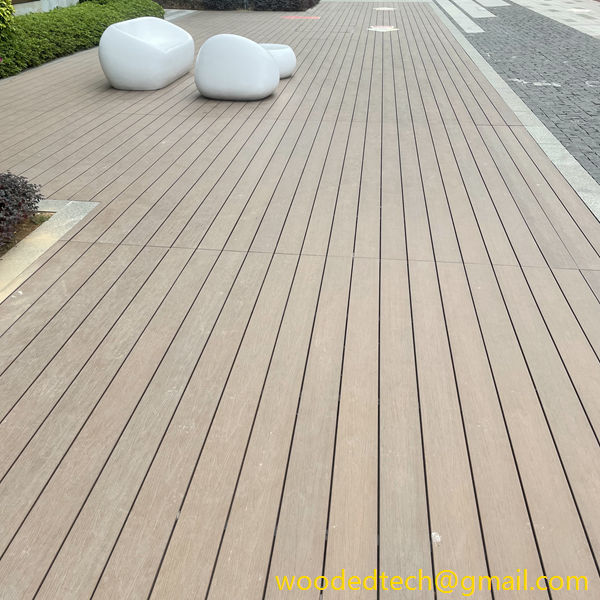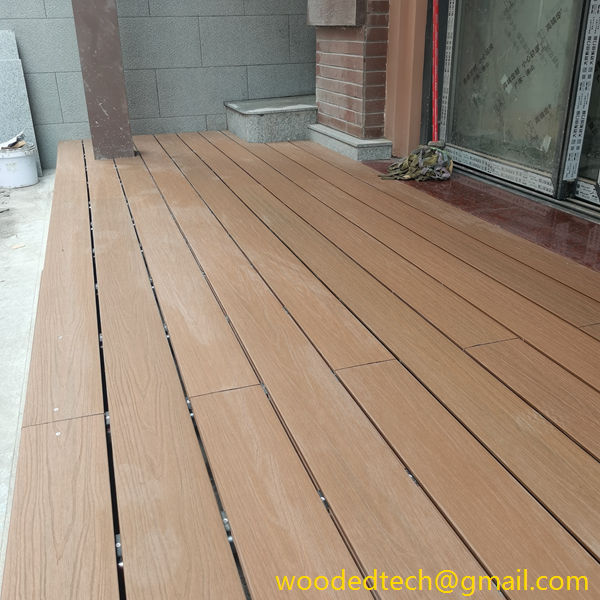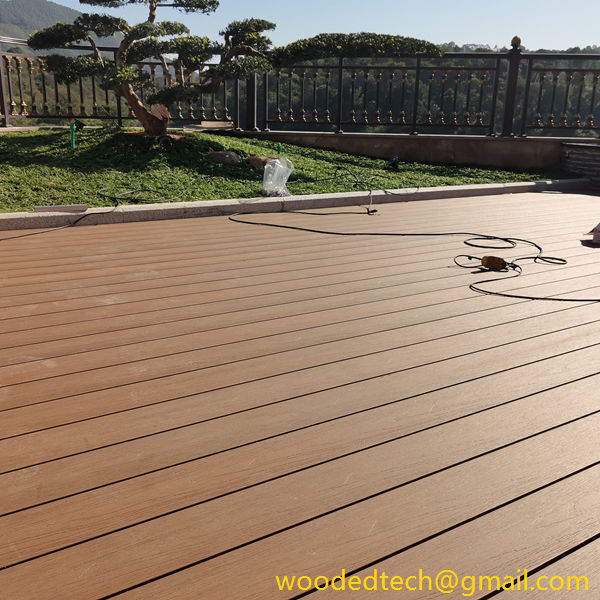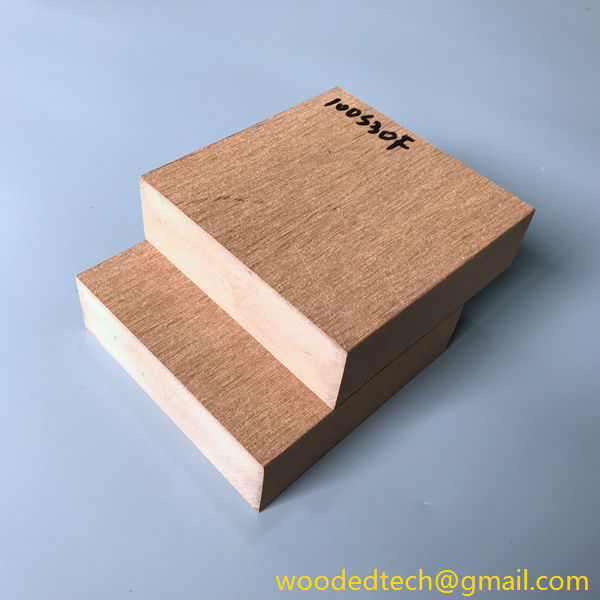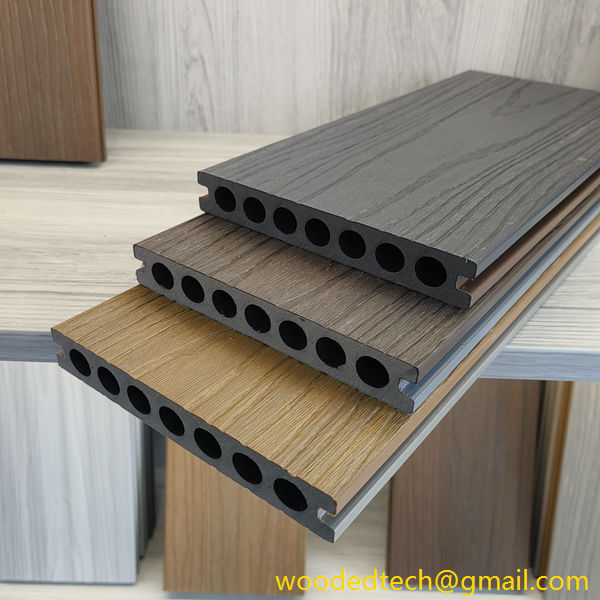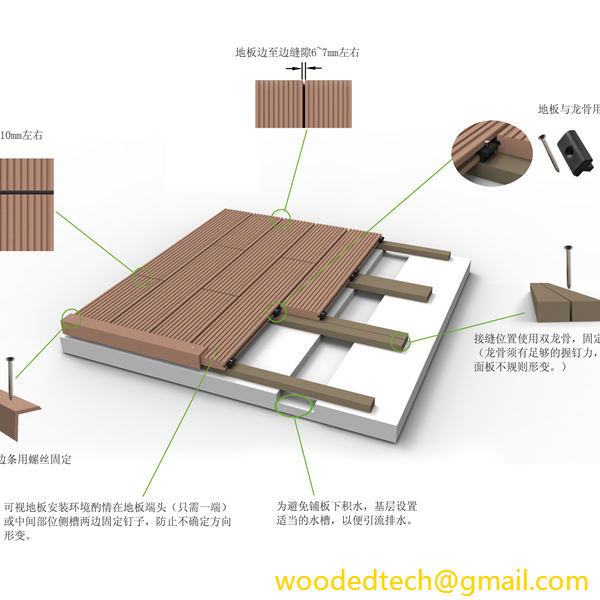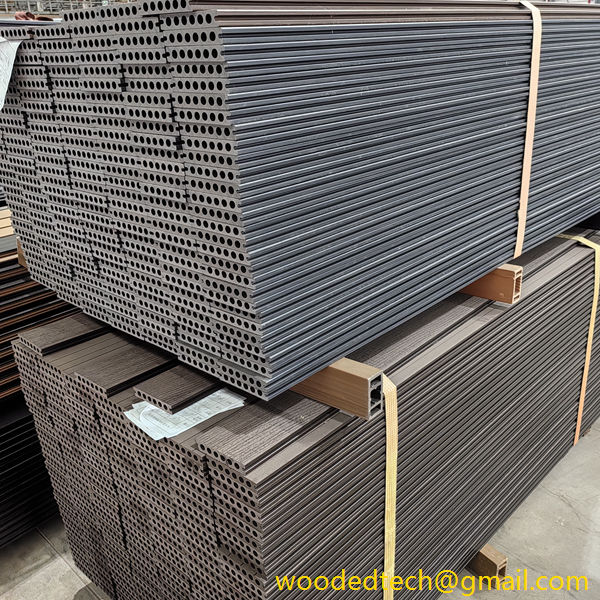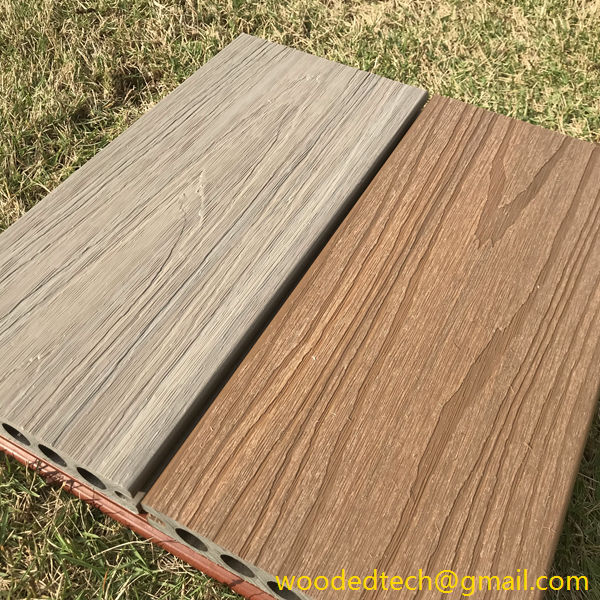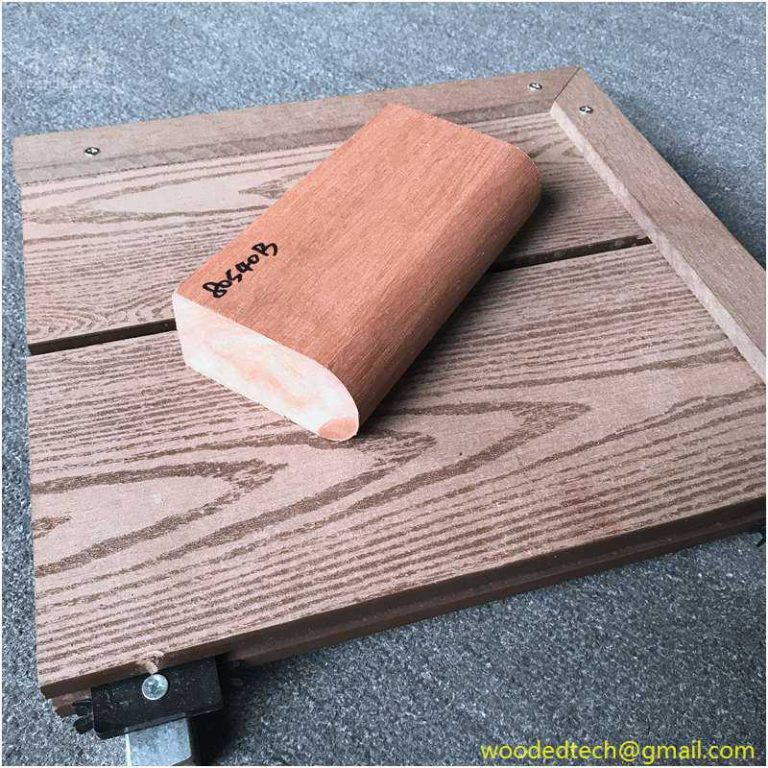Understanding Deck De WPC for Enhanced Durability
Understanding Deck De WPC for Enhanced Durability In recent years, the demand for durable and low-maintenance decking materials has surged as homeowners and builders seek solutions that can withstand the elements while providing aesthetic appeal. One such innovation that has captured the attention of the market is Wood Plastic Composite (WPC) decking. This material combines…
Understanding Deck De WPC for Enhanced Durability
In recent years, the demand for durable and low-maintenance decking materials has surged as homeowners and builders seek solutions that can withstand the elements while providing aesthetic appeal. One such innovation that has captured the attention of the market is Wood Plastic Composite (WPC) decking. This material combines the best qualities of wood and plastic, resulting in a product that offers enhanced durability, resistance to environmental factors, and a beautiful finish. Understanding the attributes of WPC decking can help consumers make informed choices about their outdoor spaces.
WPC decking is made from a blend of wood fibers and plastic polymers, creating a composite material that is engineered to endure. The wood fibers provide a natural look and feel, while the plastic components enhance the material’s resistance to moisture, insects, and UV rays. This combination makes WPC decking an excellent choice for homeowners who want the aesthetic appeal of wood without the drawbacks of traditional lumber, such as warping, splintering, and fading.
One of the key benefits of WPC decking is its exceptional durability. Unlike traditional wood decking, which can be susceptible to rot and decay, WPC is designed to withstand harsh weather conditions. It does not absorb water, which means it is less likely to swell or warp when exposed to moisture. This characteristic is particularly advantageous in regions with high humidity or frequent rainfall, where wooden decks often require regular maintenance and replacement. Additionally, WPC decking is resistant to insect infestations, such as termites, which can wreak havoc on traditional wood structures.
Another significant advantage of WPC decking is its low maintenance requirements. Traditional wood decks often need to be stained or sealed annually to maintain their appearance and protect them from the elements. In contrast, WPC decking typically requires only occasional cleaning with soap and water to keep it looking its best. This ease of maintenance is a considerable benefit for homeowners who wish to spend more time enjoying their outdoor spaces rather than performing upkeep.
The aesthetic versatility of WPC decking is another factor that has contributed to its popularity. WPC is available in a wide range of colors, textures, and finishes, allowing homeowners to choose a design that complements their property’s style. Whether one prefers the look of natural wood or a more modern, sleek appearance, there is likely a WPC decking option to suit individual tastes. Additionally, many manufacturers offer products with realistic wood grain patterns, providing an authentic look without sacrificing durability.
Sustainability is an increasingly important consideration for many homeowners, and WPC decking offers a more eco-friendly alternative to traditional wood decking. The production of WPC materials often incorporates recycled wood fibers and plastic, reducing the demand for virgin materials and minimizing waste. By choosing WPC decking, consumers can contribute to environmental conservation efforts while still enjoying a beautiful and functional outdoor space.
Furthermore, WPC decking can be installed using various methods, including hidden fasteners and traditional screws. This flexibility allows for a cleaner finish without visible fasteners, enhancing the overall aesthetic appeal of the deck. The ease of installation is another selling point, as many WPC decking products are designed to be DIY-friendly, enabling homeowners to take on the project themselves or easily collaborate with contractors.
Safety is another critical aspect of WPC decking that cannot be overlooked. Many WPC products are designed with slip-resistant surfaces, making them safer for families with children or pets. This feature is particularly beneficial in pool areas or regions that experience frequent rain, where traditional wood decks can become slippery when wet. The added safety element provides peace of mind for homeowners who want to ensure a secure environment for their loved ones.
While the benefits of WPC decking are clear, it is essential for consumers to do their research and choose high-quality products from reputable manufacturers. Not all WPC decking is created equal, and some lower-quality options may not offer the same level of durability or aesthetic appeal. Reading reviews, asking for recommendations, and considering warranties can help homeowners make informed decisions about their decking materials.
In conclusion, WPC decking stands out as a superior choice for homeowners seeking durability, low maintenance, aesthetic versatility, and eco-friendliness. Its combination of wood and plastic creates a composite material that can withstand the rigors of outdoor living while providing an attractive surface for relaxation and entertainment. As the demand for sustainable and durable building materials continues to grow, WPC decking is poised to remain a popular choice for those looking to enhance their outdoor spaces. By understanding the benefits and features of WPC decking, consumers can make choices that align with their lifestyle and values, ultimately creating a beautiful and functional outdoor environment that they can enjoy for years to come.

